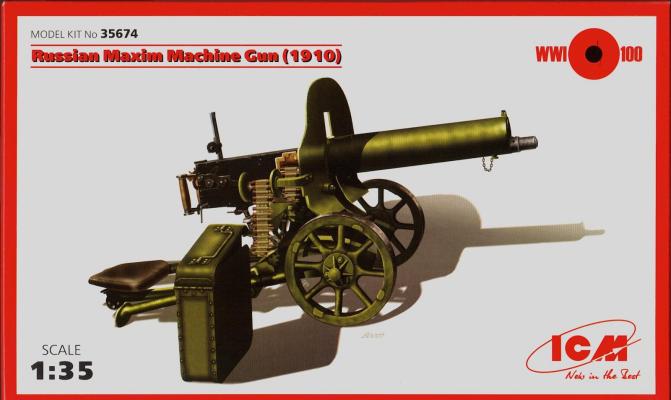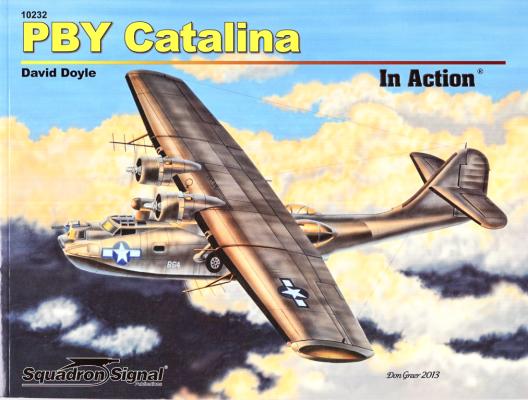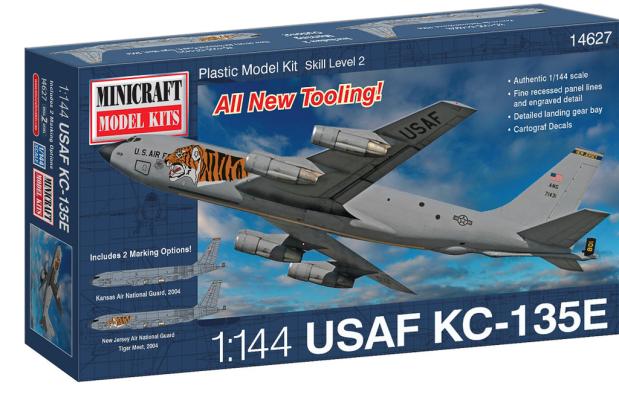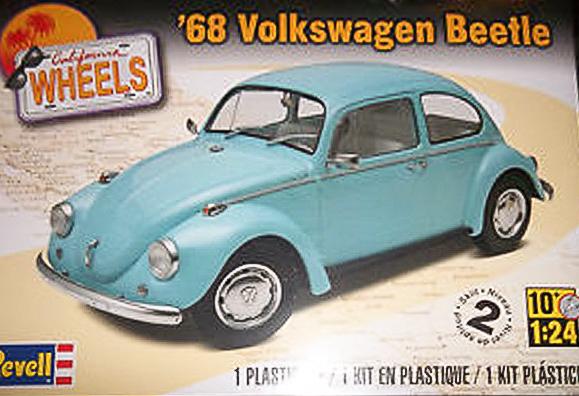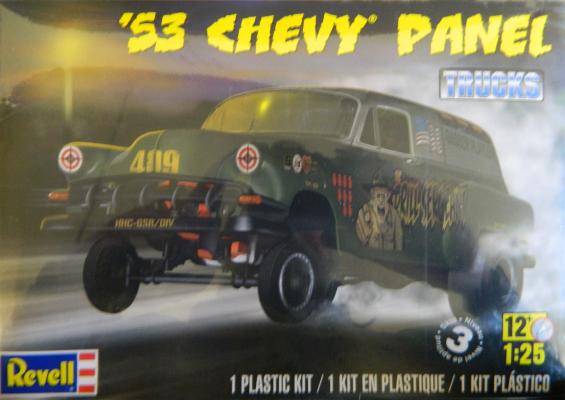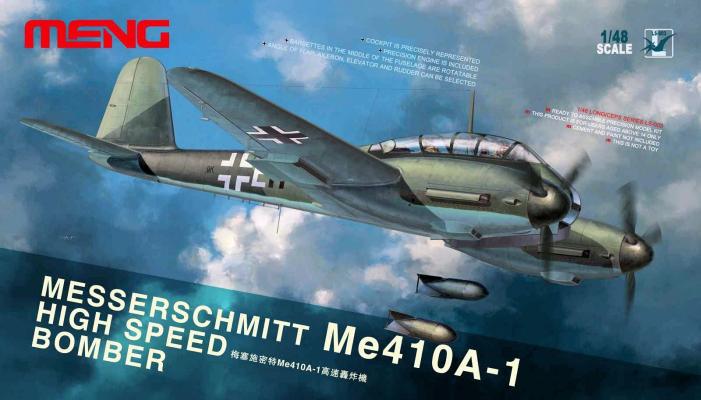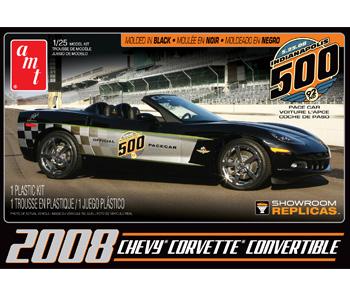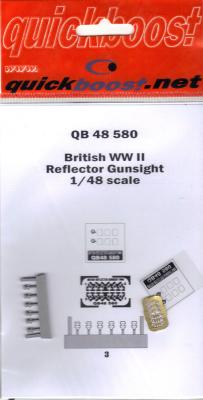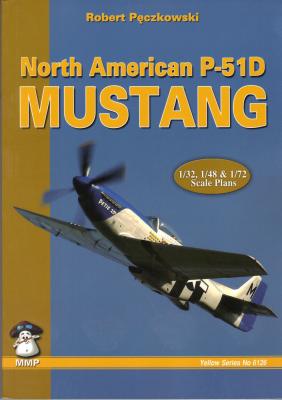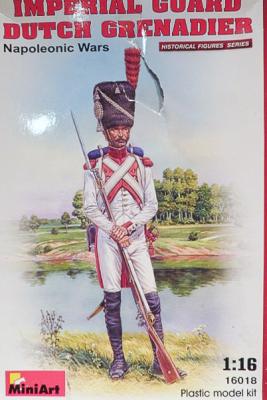The Parts
The parts are secured in a small plastic bag with two stickers applied. The first of those stickers matches the product number “35674”. The second sticker might represent the number of part sprues, “2”, or it might be an “inspector” number. Sprue “A” has 14 parts and Sprue “B” has 19 parts, with a total of 33 parts making up the machine gun and wheeled carriage. All parts are clearly marked with an I.D. number that is an alphanumeric combination. For example, the gunner’s seat is on sprue B and is part #16 on that sprue. On the kit instructions the gunner’s seat is identified as “B16”. This makes part identification very simple, very easy, and very clear.

